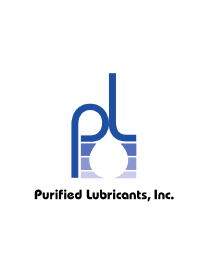After visiting and working in various plants across the nation, I’ve noticed that most small reservoirs just don’t receive the attention they deserve. At one facility, we focused heavily on larger equipment that was deemed critical. Typically, these were also high-dollar items to replace or rebuild, so we made sure they were retrofitted with breathers, sight glasses, quick connects, inspections, etc. When smaller equipment failed, like a pump or gearbox, it usually was a firefighting situation because it was holding up one of our processes. At that point, we took the time to review the application and added preventive maintenance (PM) and inspections into the system. Eventually, everything was fed into our database, and some type of PM or inspection took place. All new equipment was also reviewed thoroughly to ensure past troubles were not repeated. The result was a huge increase in uptime, productivity and machine availability.





